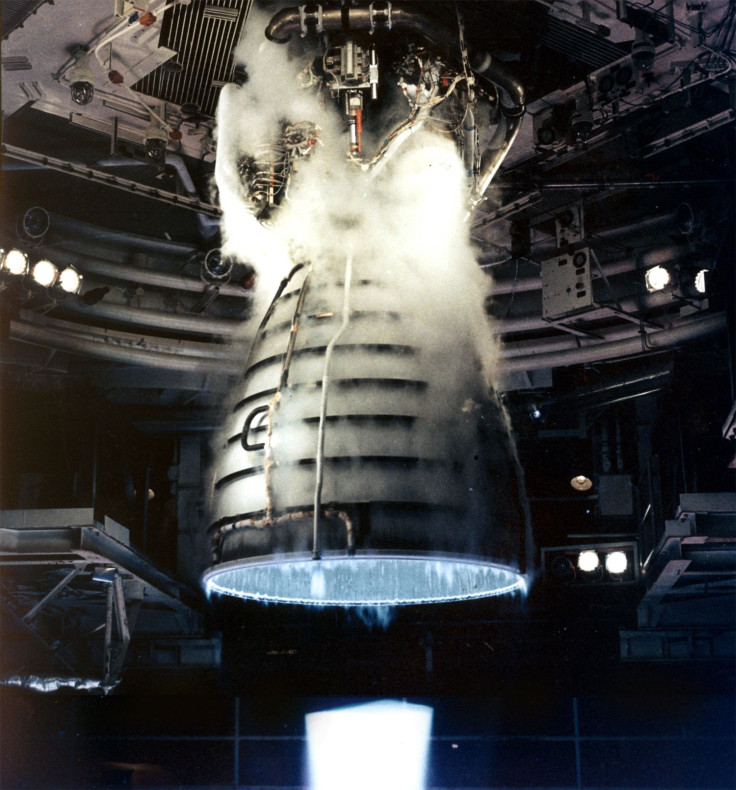NASA ‘Impossible’ Space Engine: A Healthy Dose Of Skepticism Is Needed For Latest Science Miracle

There’s been plenty of news surrounding a NASA "impossible" space engine that could get astronauts to Mars in a matter of weeks, with propulsion from microwaves rather than fuel. That kind of technology would revolutionize space exploration and NASA’s future, but can we really believe in such a scientific miracle?
As noted by the Verge, NASA scientists tested the Cannae engine that produces electromagnetic waves that move within the engine’s chamber, causing a difference in radiation pressure, which leads to thrust.
NASA scientists produced a very small amount of thrust using two Cannae engines, even with one engine designed to fail, reports the Verge. While looking at the violation of the conservation of momentum, io9 explains why there should be some skepticism about the findings.
For starters, NASA did not conduct the study; a research team within NASA did. So the findings are not quite as authoritative as they appear to be, notes io9. This differentiation has posed a problem in the past, most recently in March, when news circulated that NASA did a study predicting when society would end. NASA funded the climate model used in the study but was not involved in the research.
Another possibility is the results are due to an experimental flaw. As explained in another io9 article, the Cannae engine, which was designed to fail but produced thrust, is a red flag and more rigorous testing is needed.
The design of the Cannae engine, developed by Guido Fetta, is similar to that of the EmDrive, which uses microwaves for propulsion.
According to Roger J. Shawyer, who created Satellite Propulsion Research Ltd., the EmDrive thruster experiments have reportedly been replicated by Chinese researchers.
"The company has successfully tested both an experimental thruster and a demonstrator engine which use patented microwave technology to convert electrical energy directly into thrust," the company wrote about the space propulsion technology on its website. "No propellant is used in the conversion process. Thrust is produced by the amplification of the radiation pressure of an electromagnetic wave propagated through a resonant waveguide assembly.”
Skepticism abounds over Shawyer’s claims, especially since it appears to violate Newton’s law of conservation of momentum that says momentum is neither created nor destroyed. Interestingly, despite this apparent violation, the propulsion system seems to work.
© Copyright IBTimes 2024. All rights reserved.












